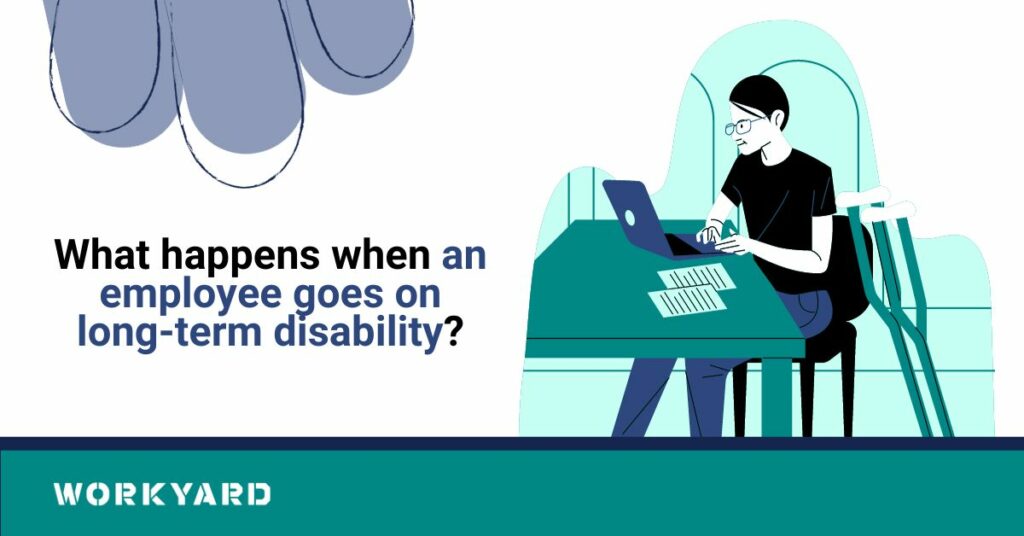When an employee faces health challenges necessitating an extended absence from work, long-term disability (LTD) becomes a pivotal consideration. Understanding the implications of long-term disability ensures clarity, support, and compliance for both employees and employers.
Upon transitioning to long-term disability, eligible employees typically receive a predetermined percentage of their salary, ensuring financial support during the absence. The compensation percentage often aligns with specific policies, contractual agreements, or statutory regulations, providing a safety net amidst health-related challenges.
While on long-term disability, employees may continue receiving certain benefits, such as health insurance, retirement contributions, and other essential coverages. Maintaining benefits ensures comprehensive support, accessibility to medical care, and continuity in safeguarding well-being and financial security during challenging times.
Long-term disability provisions often encompass job protection measures, safeguarding an employee’s position, seniority, and rights upon recovery or reintegration into the workforce. Employers may explore reasonable accommodations, modified duties, or transitional arrangements tailored to individual needs, capabilities, and organizational requirements.
Open communication between employees, employers, and relevant stakeholders is crucial throughout the long-term disability process. Providing timely documentation, medical certifications, updates, and engaging in collaborative dialogue fosters transparency, understanding, and streamlined coordination in navigating evolving circumstances.
As employees progress in their recovery journey, discussions surrounding potential return-to-work timelines, accommodations, transitional support, and reintegration strategies start to take place.
In conclusion, when an employee goes on long-term disability, a structured process unfolds involving medical assessments, compensation, job protection, rehabilitation, and legal considerations. Employers, employees, and disability insurance providers must collaborate to navigate these complexities, ensuring that individuals receive the support they need while maintaining compliance with applicable laws and policies.

